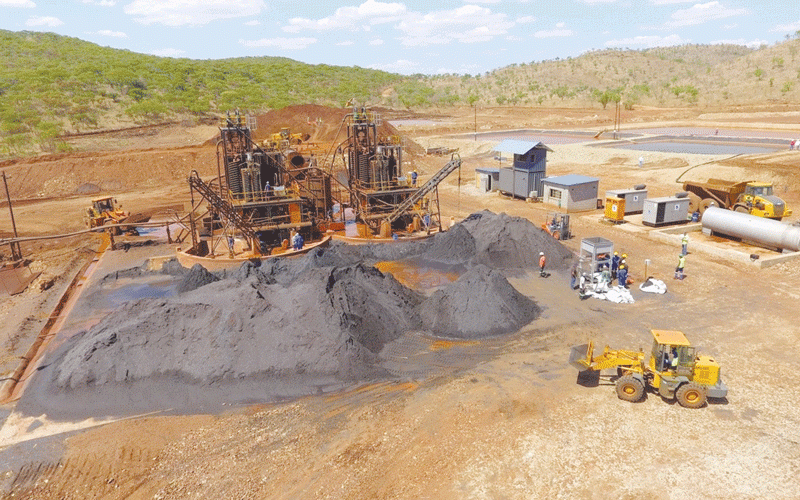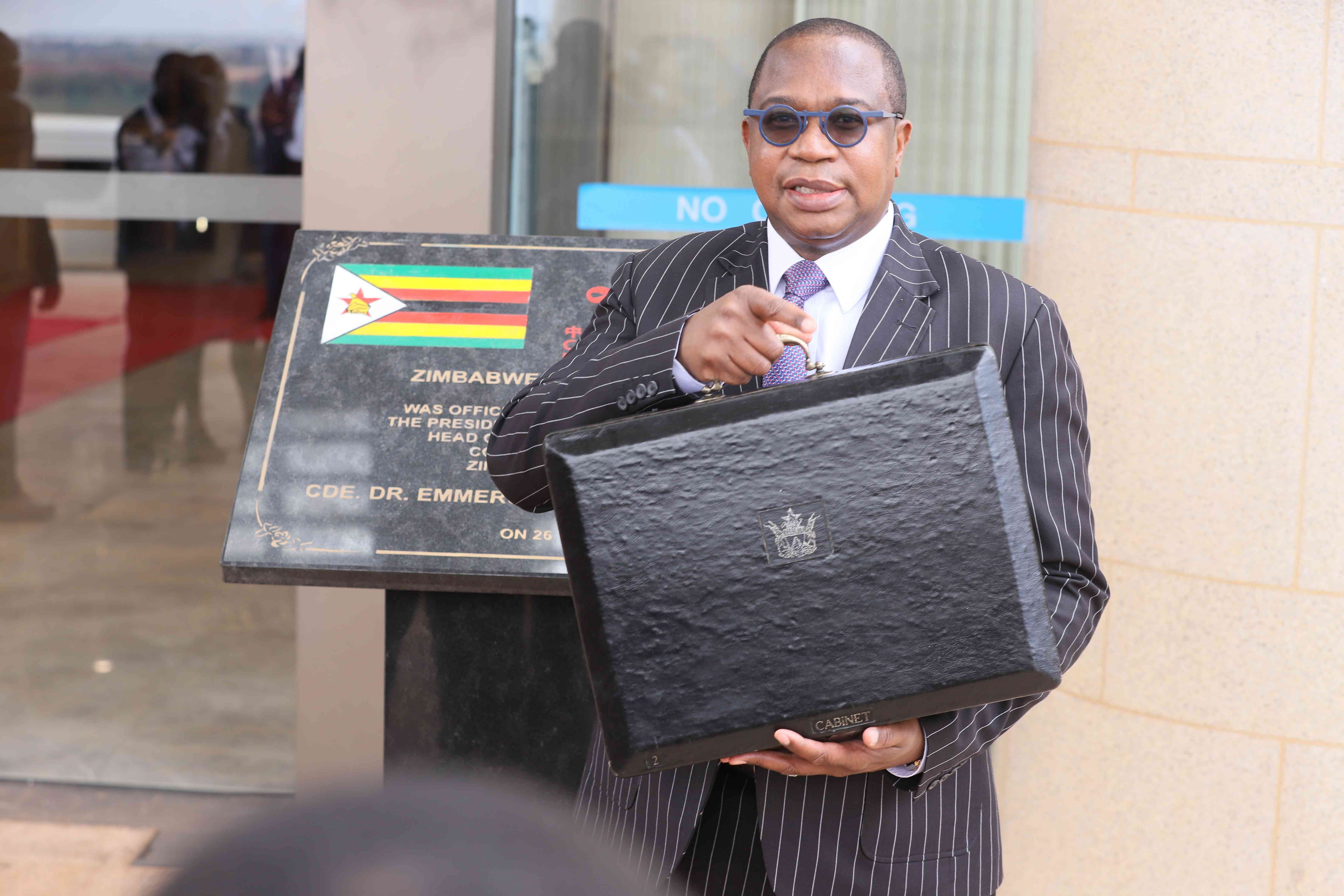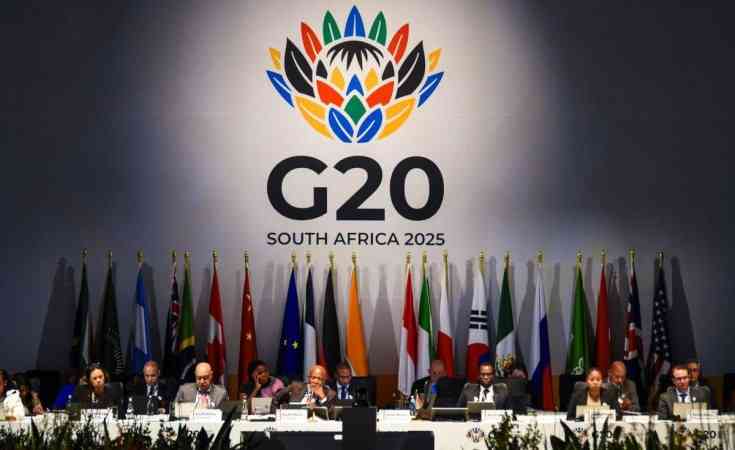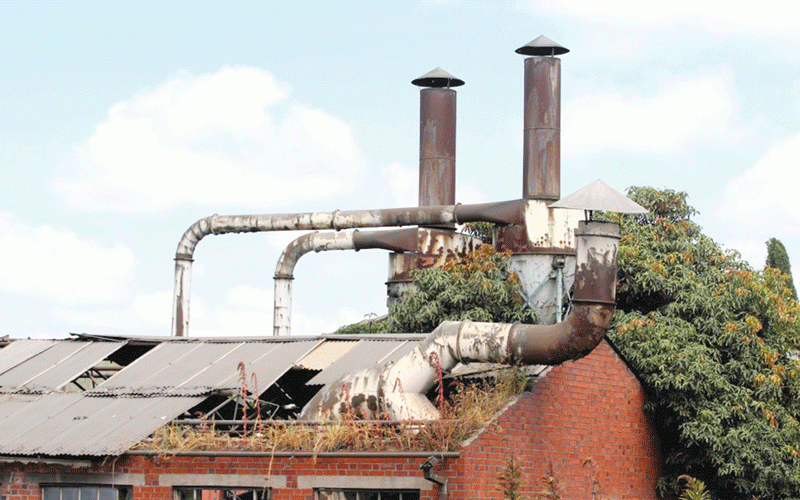
THE 21st century has seen a rise in green industrialisation, whereby firms are now largely expected to produce their goods and services in a manner which is sustainable for the physical environment.
That is why various companies are increasingly using renewable energy in their production processes, among other things. In the future, some firms will find it hard to export their products to advanced economies, such as the European Union (EU), United States and Japan, due to strict regulations linked to climate change.
For instance, from 2026, the EU intends to charge carbon taxes on its imports from the rest of the world. These taxes will charge businesses for all carbon emissions associated with the manufacture of their products.
There is also a rapid rise in technological adoptions, in all spheres of society. The prevalent reliance on artificial intelligence, cell phones, computers, electric vehicles (EVs) and digital methods of work, among others, have led to a surge in demand for technology-based products and services.
Now, in order to produce the goods and services highlighted above (renewable energy equipment, technological products, etc.), a certain group of minerals are indispensable. This group of minerals is what the world now calls critical minerals.
It includes the following; lithium, platinum group metals, chrome, nickel, phosphate, graphite, manganese, vanadium, titanium, cobalt, copper and rare earth elements, among others. These minerals are also highly important for the development of defence and aerospace (planes, jets, satellites, etc.) equipment.
Critical minerals have little to no feasible substitutes, while they are rare to find, meaning that their demand usually outpaces demand. The World Bank estimates the appetite for critical minerals will increase by around 500% between 2018 and 2050.
Zimbabwe and a few other African countries are, however, abundantly endowed with some of these critical minerals. This endowment places Zimbabwe and Africa, in a good position to reap more value out of them, through value addition (processing).
- Society must change its negative perception on disability
- Entertainment galore as showbiz regains its spark
- DeMbare coach demands consistency
- A Chinese miner’s response to the raging investment question
Keep Reading
Although Zimbabwe ranks among the leading producers of various critical minerals, it mainly exports them in raw form, or as primary intermediate goods, which have undergone only minimal processing.
Additionally, the nation’s processing capacities are deficient. Tackling these limitations is, therefore, essential, for Zimbabwe to maximise its benefits. In essence, policymakers need to draft a critical minerals strategy, which addresses these challenges.
Steps to take
The initial step in designing the country’s critical minerals strategy, should involve writing up a list of those critical minerals, which are available in Zimbabwe. Lithium, chrome, platinum group metals, vanadium and antimony will easily make it onto that list.
The government can even choose to elect non-typical minerals, such as coal and iron ore to be on Zimbabwe’s own critical minerals list. That is because such minerals have a fundamental bearing on how Zimbabwe will shape its economic destiny.
If the country enlists them as its own critical minerals, it can then be encouraged to take due care and provide maximum effort in ensuring that they are utilised to the country’s benefit.
This is not completely odd, considering that other countries have included gold and coal (for example, South Africa) as their national critical minerals, for instance.
The second phase of the strategy should consider the value chain flows or the production process flows, which pertain to such minerals. For example, the production process of lithium from ground extraction, to its use in electric vehicles (batteries), stationery energy storage (batteries), cell phones and medicines, should be taken into consideration.
The objective of this phase is to identify opportunities, which can be realistically utilised in the country’s context, including, taking note of prevailing constraints. Existing industrial capabilities such as energy availability on the national power grid, skills (personnel) for the production of targeted outputs and logistics for export, are also brought into consideration.
The next stage would then involve the development of a strategic document, which outlines the goals and actions that are necessary in order to leverage these minerals for overall economic development.
This should translate into relevant government policy measures. A road map for executing the different components of the policy (strategy), along with targeted timelines for implementation should be established. The final phase should constitute the implementation of the aforementioned strategy (policy).
What else to consider
The policy should ideally focus on increasing exploration, beneficiation (processing), regional integration (with the continent) and energy security, which is essential for the desired increase in commercial activity (such as processing). More is explained below.
In terms of exploration, a target for annual (exploration) expenditure as a percentage of GDP, or as a proportion of total global exploration expenditures, will be essential.
Exploration objectives are important because new mineral resources, which the country can exploit, can only arise after exploration itself has identified them.
South Africa, for example, has set a target of 1% of GDP, regarding its expenditure on minerals exploration (all minerals). The country is also determined to capture at least 5% of total global mineral exploration expenditure, each year, although it falls short.
Of the cumulative US$12,8 billion global exploration expenditure in 2023, it attracted only US$117 million (or 0,92%), instead. However, around 2012, it used to attract over 5% of total global exploration expenditure.
In 2023, lithium and nickel, which are abundantly available in Zimbabwe, accounted for a significant US$829 million and US$732 million, share of total (US$12,8 billion) global mineral exploration expenditure.
Mines usually take decades to develop, from the exploration stage, to the extraction of minerals. In some cases, it can take as much as 15 years for a resource to go from being identified during exploration, to being commercially extracted, if the process is done speedily.
Therefore, laying out targets and strategies for attracting exploration spending (finance) is critical. Grassroots exploration by small scale and emerging miners should also be encouraged.
That is because these miners typically sell their mining claims to established mining companies, which are viable for job creation and generating government revenues at scale.
They are particularly important during exploration, as they are adept at finding and proving the existence of mineral deposits. It is obviously unfortunate that there are no small-scale and emerging miners listed on both the Zimbabwe and Victoria Falls stock exchanges. There are not even significant alternative channels of formal financing for such players, within the country.
It would have been encouraging if there were local venture capital and private equity platforms, which were capable of financing them. Unfortunately, banks do not typically support junior miners, due to the risky nature of their activities. In South Africa, for example, there are already up to 12 junior miners listed on the country’s main stock exchange (JSE).
Zimbabwe is at a stage where the formalisation of artisanal and other informal miners, should be looked into. In this regard, the government should attempt to do follow-ups in areas where significant mineral deposits have been identified by informal players.
Thereafter, those resources can be offered to formal players, within and outside Zimbabwe, to develop proper mines at such sites. The informal players will then get a shareholding in the eventual formal structure to be created.
This will be good for ensuring that the environment is protected (through responsible mining), crime associated with informal players is kept under control and the government gets tax revenues, which are due to it.
For any informal players, who may be unwilling to cooperate, the government may give them a deadline within which they should formalise their activities. A failure to formalise within the set deadlines should then lead to the expropriation of their mining claims, by the government. This, however, must apply to all minerals, instead of only critical minerals.
In South Africa, mining accounted for as much as 470 000 direct jobs, contributed US$5 billion in taxes and was responsible for US$49 billion in exports, in 2022. In all this, PGMs, gold, coal and iron ore, only, cumulatively accounted for over 80% of total sales, 84% of mineral exports (by value) and 87% of employment.
It is essential to emphasise this because Zimbabwe has exactly the same types of minerals in abundance. This reflects the positive possibilities which Zimbabwe can achieve, if it drafts and sticks to, an appropriate minerals strategy.
Increasing the level of local mineral beneficiation (processing) will also be critical for rapid economic development. Zimbabwe can leverage its status as Africa’s largest producer of lithium, to attempt the manufacturing of lithium batteries.
Most key components, which are essential in the manufacturing of lithium batteries are available locally. These also include nickel and iron. Manganese, copper and cobalt, which are also required in the production of lithium batteries, can be sourced from South Africa, Zambia and the Democratic Republic of Congo, respectively.
South Africa’s superior mineral processing capabilities, imply that Zimbabwe can engage it in order to immediately acquire the know-how pertaining to the manufacturing of batteries, from scratch.
The government can also invite renowned international manufacturers to do battery production locally. The same line of thinking can be used for the manufacturing of vanadium batteries, since Zimbabwe already has vanadium deposits.
If such products cannot be fully manufactured locally, the country should at least negotiate with its neighbours so that there are regional value chains which can do the effort in collaboration. This would be a mutually beneficial strategy since, as it stands all African countries are exporting most of their critical and non-critical minerals in raw (ore) form, South Africa included.
The development of appropriately skilled local talent will also be important. Zimbabwean universities and other technical educational institutions need to be financially capacitated so that they can hire adequately skilled lecturers.
The lecturers need to be furnished with all relevant technical requirements, including equipment. Thereafter, public scholarships can be issued to local students, with them being contractually bound to work in Zimbabwe for a given period after their graduation (perhaps 10 years).
In such a case, it would be fair to provide such learners with job-guarantees, after they graduate. That means they would be guaranteed (by government) salaries which are worth the average market rates for their qualifications, on the international market.
The target would obviously be to produce very minimal numbers of such graduates, until the country generates enough demand to require a larger pipeline of them. In essence, this move is important in ensuring that at any given time, the country has sufficient know-how regarding advanced industrial processes.
Infrastructure is another urgent matter to look into. At this stage, it already appears that Zimbabwe needs to go ahead and immediately establish a minimum of 3 000 MW of additional power plants. Zimbabwean miners currently have a deficit of around 2 300 MW, which, if they could access, they would immediately expand their operations.
Key railway lines, which facilitate the movement of imports and exports among neighbouring countries and the rest of the world, also need to be given a priority. Local mining areas where there are several mining companies and significant mineral resources need to be connected to railway lines.
This would be particularly important where bulk minerals such as chrome and lithium are concerned. At the same time, the nation’s borders need to be capable of handling expanded trade activities.
Tutani is a political economy analyst. — [email protected].











